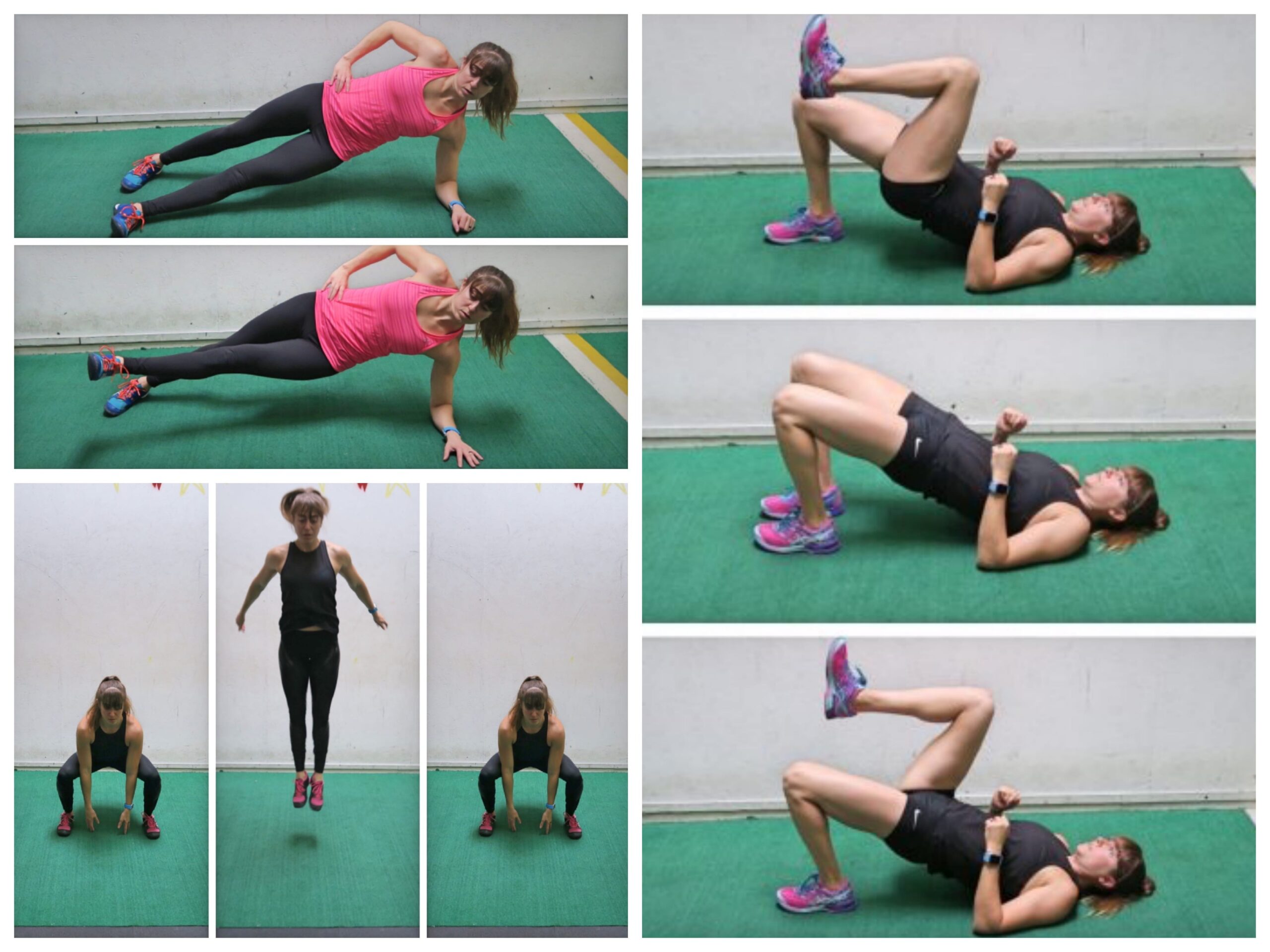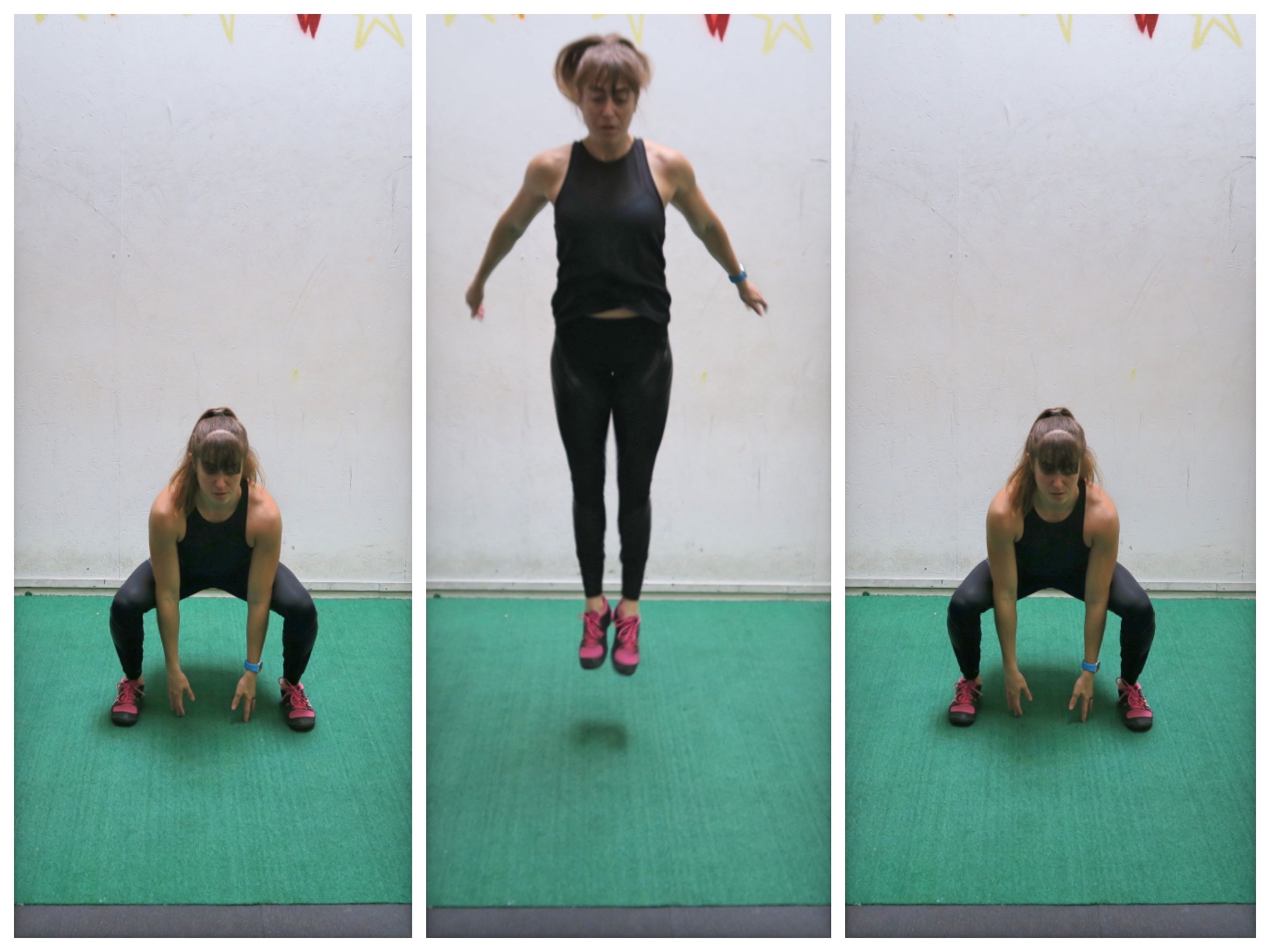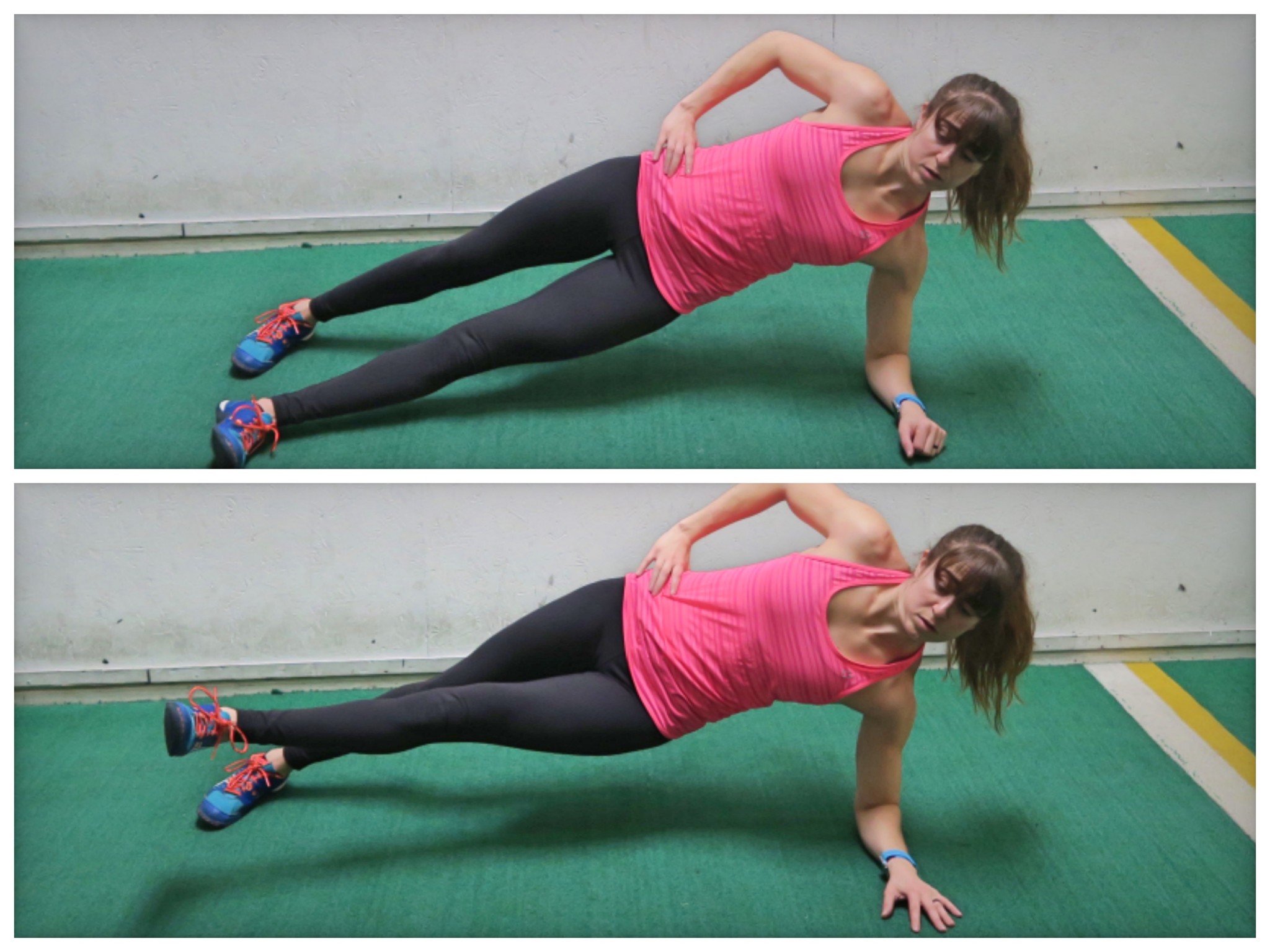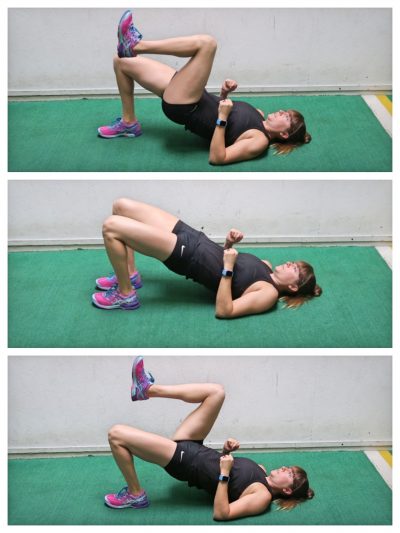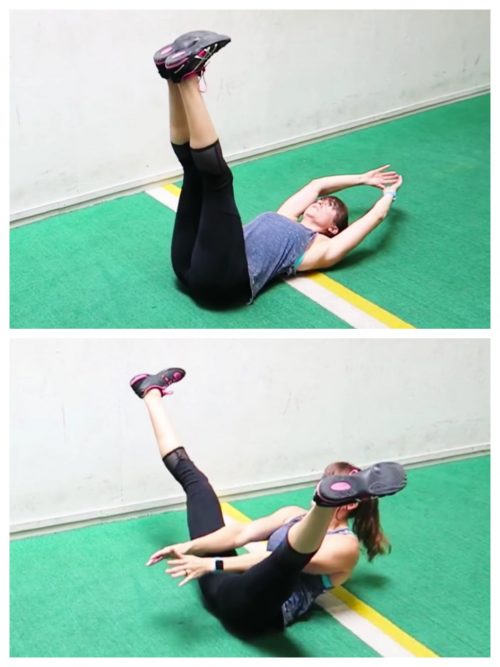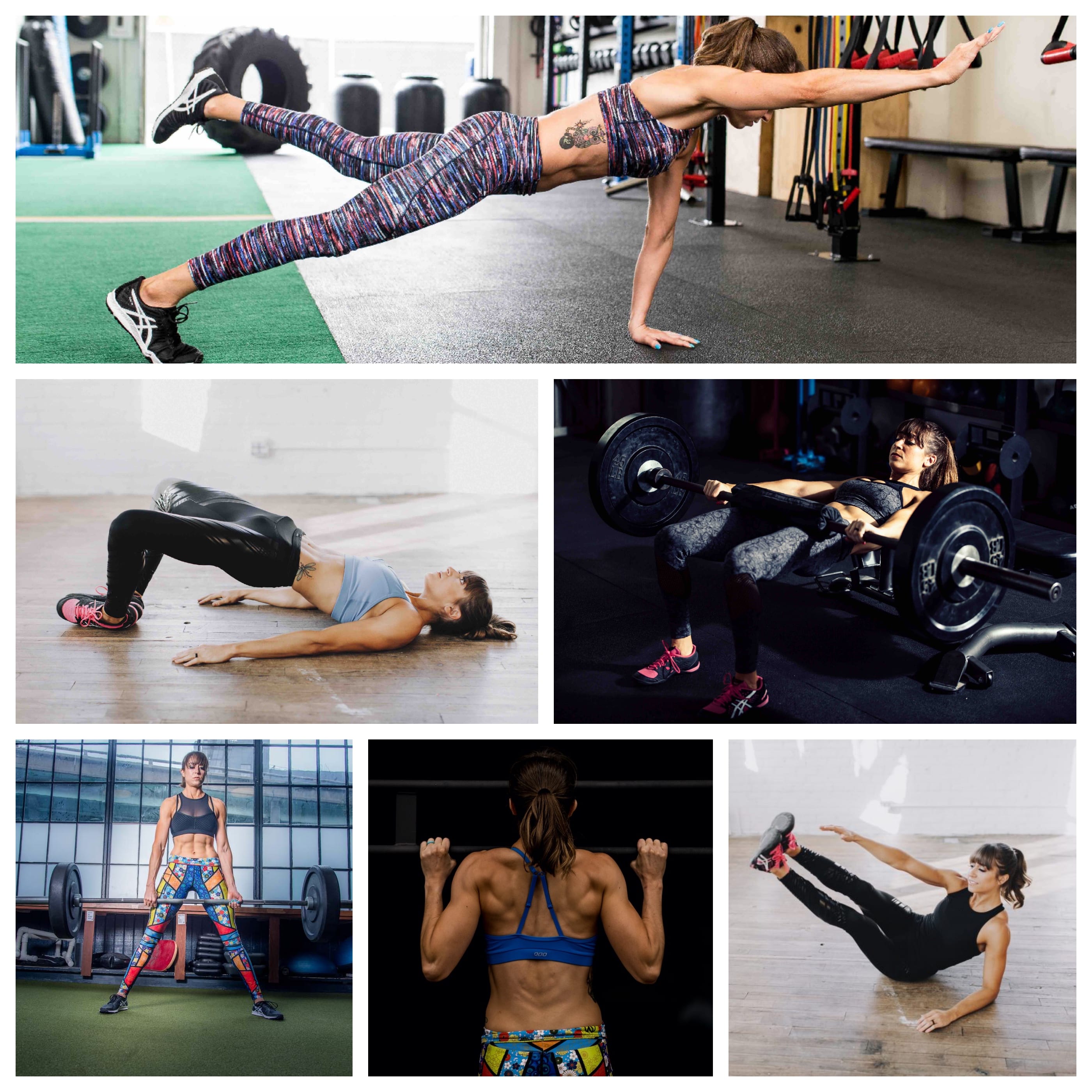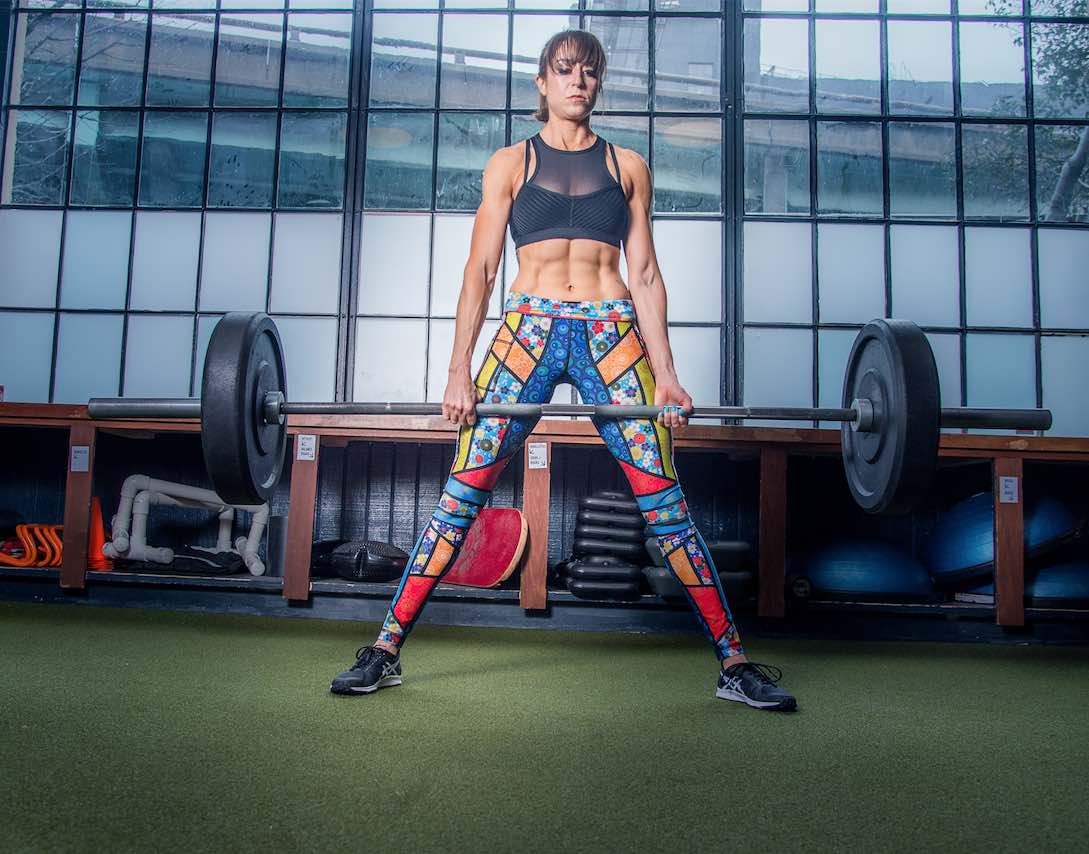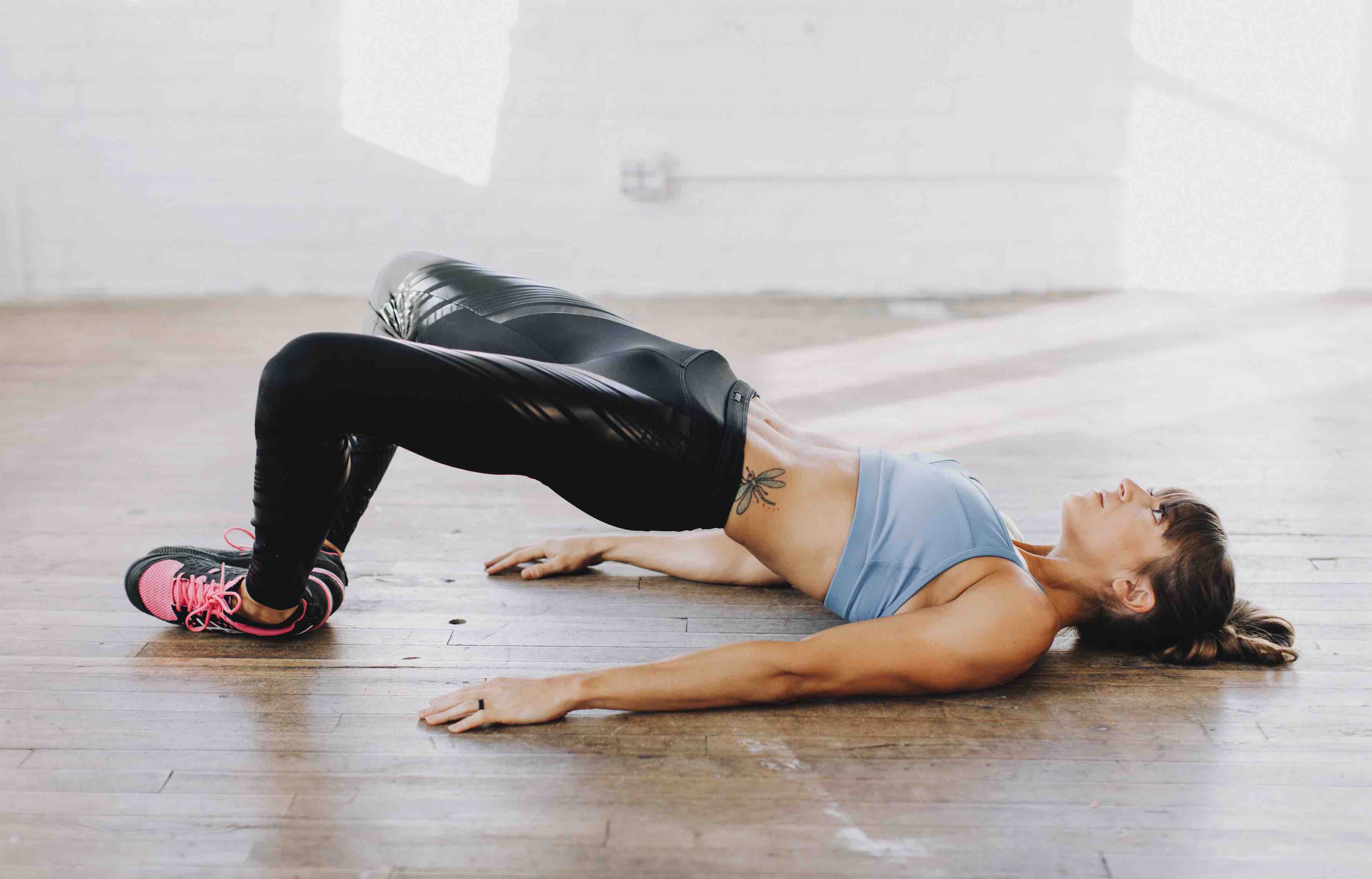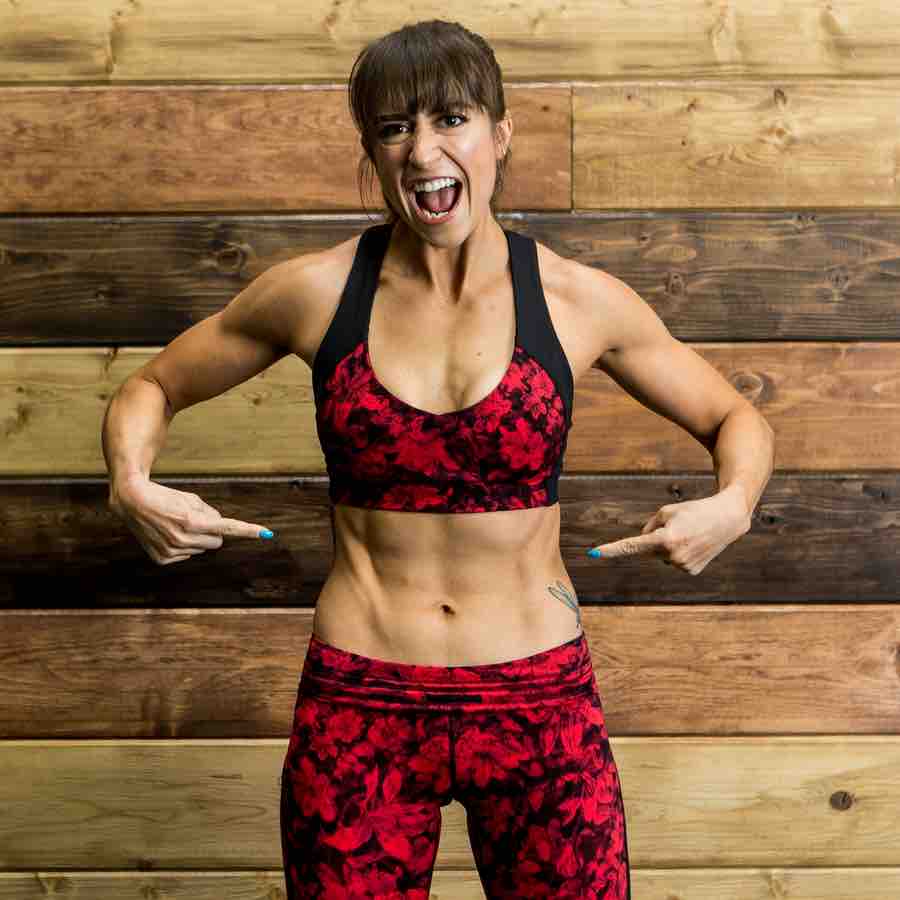
by Cori Lefkowith | Dec 17, 2018 | Blog, Diet
BCAAs – It’s All About The Amino Acids!
Other than protein powders, BCAAs supplements are actually the supplement I get asked about the most, especially when people come from bodybuilding circles.
We always think MORE IS BETTER…so more amino acids, especially when we are trying to build muscle may be better, right?
So what are BCAAs supplements and do you need them, especially if you’re an average jane or joe?
What Are BCAAs?
BCAAs are branched-chain amino acids. They are made up of 3 essential amino acids – isoleucine, leucine and valine. (And as discussed early, essential amino acids can’t be made by the body but must instead be gotten through the foods we consume.)
These BCAAs make up about 40% of the daily requirement of all 9 essential amino acids, which shows you how important these 3 are.
BCAAs can be found in all sources of protein with the highest concentrations in chicken, beef, salmon, eggs and whey.
In all of these sources though, the BCAAs are peptide-bound to other amino acids.
So in order to raise BCAA levels in your body, they must first be liberated through digestion and then absorbed into the bloodstream.
Even with say a whey protein, which is relatively fast digesting, it can still take hours for the amino acids to be broken down and absorbed.
However in supplements, BCAAs are free form and require no digestion, meaning they can bypass the liver and gut tissue and go straight for the bloodstream.
This means they are more rapidly absorbed and may spike blood amino acid levels more quickly and to a greater extent even than the aminos in proteins.
BCAA Benefits:
The two main reasons BCAA supplementation usually comes up are for gaining muscle and improving recovery, both of which they are touted to do.
BCAAs trigger protein synthesis with exercise or even without.
When combined with exercise they can be a great way to help you build muscle while they can help you retain lean muscle mass when you aren’t working out.
Say for instance, if you are injured and taking time off. Supplementing with BCAAs may help you minimize muscle loss.
Not only is that good in and of itself, but the retention of more lean muscle mass can also help keep your metabolism up to prevent you from gaining fat even while you’re inactive.
If you are using intermittent fasting, you may actually choose to supplement with a flavorless BCAA powder in your water during your fasts, and during your workouts for extra energy, to help you gain and retain lean muscle mass.
Because it can help prevent muscle catabolism, it will only benefit you if you fast for longer periods OR even do an endurance cardiovascular sport, say long distance runs or rides that may be more catabolic to muscle tissue.
BCAA supplementation may also benefit us more as we age because it becomes more difficult to create a muscle-building environment and activate protein synthesis as we get older.
And, partly due to the fact that BCAAs can help us build and retain lean muscle, but also due to the fact that isoleucine and leucine help improve glucose tolerance and increase energy expenditure and fat oxidation, they may also help you increase fat burning and fat loss.
BCAAs may also aid in recovery, which can not only help you feel better for your next training session, but can actually help you get in a better training session by decreasing fatigue.
This is actually probably the BIGGEST benefit of BCAA supplementation over just consuming other sources of protein.
BCAAs can be burned as energy. This can help maintain ATP energy levels during glycogen-depleting exercise. Because BCAAs can also enhance the body’s ability to burn fat, they can then increase your energy pool that way.
BCAAs can also help prevent central nervous system fatigue by inhibiting the uptake of tryptophan into the brain (tryptophan is used to make serotonin in the brain, increasing tiredness and fatigue).
Basically what BCAAs do is prevent our brain from telling us “You’re done,” which is most often why our performance suffers. Let’s face it…If you’re brain tells you that you’re tired, your going to feel tired and slow down!
BCAAs can also help reduce muscle soreness, both after a strength OR a cardio endurance workout. Note I said REDUCE, not prevent.
So if you were looking into BCAAs as a recovery aid, they may well be worth the money! (However, it may mean taking them CONSISTENTLY and not just the day of a hard training session.)
BCAA Downsides:
The biggest question is really…Are they worth the extra cost?
The downside is you can easily get plenty of the amino acids you need from whole, natural foods and often without the sweeteners or flavoring added to make BCAAs taste better. (Although yes you can get unflavored options.)
And with proper nutrition and SLEEP, you can also usually help your body recover properly without added supplementation.
Also, B vitamins can become depleted, especially if you megadose BCAAs as they are critical for amino acid metabolism. This can cause serious issues since B vitamins are essential for everything from energy metabolism, preventing cravings to managing anxiety and cognition.
If you do supplement with BCAAs or are taking huge doses in preparation for an event, just make sure to get plenty of vitamin B rich foods (spinach, broccoli, beets, bell peppers, oranges).
Also, as I mentioned, BCAAs can help prevent serotonin from being created which can help during your workout to prevent your brain from telling your body it is fatigued.
HOWEVER, low serotonin levels can lead to depression, poor moods and even affect your sleep.
This is important to note if your diet is already high in protein AND low in carbs. You may not want to add a BCAA supplement to the mix.
This problem can be avoided though even simply by timing more carbs before bed, but it is something to watch for if considering adding BCAAs to your diet.
And just remember BCAAs DO NOT replace protein.
So…Should YOU Use It?
I think if muscle building and maintenance is your main goal, they are worth a shot, especially if you are a hard gainer or training intensely while in a deficit. So when you’re working to lose those last few pounds, this could be the extra push you need, especially if you’ve hit a plateau.
They may also be helpful if you plan to compete in a physique show and are having trouble getting down to very low levels of body fat.
BCAAs may also be something to look into for your distance runners and cyclists. If you are a runner upping your miles that wants to prevent muscle loss with the increase in steady-state cardio, they could be a good way to prevent muscle catabolism.
They can also aid recovery and help prevent fatigue which may help you improve your training for a specific event.
They can also be great if you are doing fasted weight training, and not first thing in the morning, and want to make sure to protect your lean muscle and even increase your gains. The key with this though is to get UNFLAVORED BCAAs to maybe add to your water or coffee.
If you plan to supplement with BCAAs, you will probably want to consume them right prior to and DURING your training.
If you are just starting your weight loss journey though, they aren’t necessary as you can meet your needs with your protein intake from whole, natural foods and even maybe a protein supplement alone.
(The only caveat to this is if you haven’t been training AT ALL, and are jumping back in, they have been shown to be helpful for reducing muscle soreness and speeding recovery in untrained individuals.)
We always want to first focus on meeting your needs with dialing in our overall diet.
BCAAs may just help us reach that next level if we’ve had everything dialed in for awhile!
Looking For Some Delicious BCAAs to add to your diet?
Check out Redefining Supps!
4 amazing flavors to add to your water during your training and make sure you’re using every tool at your disposal to get the best results possible!
–> Redefining Supplements BCAAs
Further reading on BCAA supplementation:
https://www.ncbi.nlm.nih.gov/pubmed/21222129
https://www.ncbi.nlm.nih.gov/pmc/articles/PMC3156598/
https://www.ncbi.nlm.nih.gov/pubmed/22350359
https://www.ncbi.nlm.nih.gov/pmc/articles/PMC3261811/
https://www.ncbi.nlm.nih.gov/pubmed/21297567
https://www.ncbi.nlm.nih.gov/pubmed/20844186
https://www.ncbi.nlm.nih.gov/pubmed/21487148
https://journals.plos.org/plosone/article?id=10.1371/journal.pone.0040009
https://www.ncbi.nlm.nih.gov/pubmed/21636183
https://www.ncbi.nlm.nih.gov/pubmed/21606874
https://www.ncbi.nlm.nih.gov/pubmed/19997002
http://www.hdri-usa.com/assets/files/role_of_b_vitamins_in_biological_methylation.pdf

by Cori Lefkowith | Dec 13, 2018 | Blog, Exercises
With the growing popularity of functional fitness and quick workouts, there is a tendency to “demonize” isolation exercises and believe that hybrid and compound moves are all you need.
Isolation moves get a bad rap because they don’t provide as much “bang for your buck” AND don’t force muscles to be recruited and work together as we usually need them to do in every day life.
I’ve heard trainers say, “Muscles don’t operate in isolation.”
Which is most often true, but trust me….there is always an exception.
I know I’ve bicep curled a grocery bag from the car floor while grabbing Kiwi under my other arm…
Plus, isolation moves can play a very important part in our workout routine for a number of reasons. They aren’t just for bodybuilders who are doing bicep curls for aesthetic reasons.
First, a quick review of what compound, hybrid and isolation exercises are though…
- Compound Exercises – Compound exercises are moves that work multiple large muscle groups at once and engage two or more joints.
- Hybrid Exercises – Hybrid Exercises are moves that combine two or more exercises together that flow well with each other and allow you to work more muscles at once and even work your body in different planes of motion in a shorter amount of time.
- Isolation Exercises – Isolation Exercises are moves that involved one joint and limited muscles, often focusing on smaller muscles.
Now…Why do we so often favor compound and hybrid exercises over isolation moves?
To sum it up – Compound and hybrid exercises work more muscles in less time and teach our body to move efficiently.
They focus not only on working more muscles at once, but also usually larger muscles and more joint actions. That means we can burn more calories and build more strength in less time.

They also train our body to be strong and recruit muscles efficiently and effectively to work TOGETHER.
This is key if we want to move well in every day life and be able to react quickly.
So yes, they are 100% the more FUNCTIONAL moves.
From running to lifting, more than one joint and muscle group is being used, which is why we can’t just train in isolation.
We need to learn proper patterning and sequencing to recruit the right muscles, in the right order, to the extent that is needed.
Therefore, it is ESSENTIAL we focus our workouts on hybrid and compound moves.
BUT, that doesn’t mean we should just ignore isolation exercises!
When and why should we use isolation exercises?
So if hybrid and compound moves are not only more functional but also give us more bang for our buck so we can build strength and burn fat more effectively in less time, why would we ever want to use isolation exercises?
Ever heard the saying, “You’re only as strong as your weakest link”?
This is where isolation moves can help.
Because these moves are focused on specific movements, or actions, and muscles, they can help establish the mind-body connection with underactive muscles.
They can also help you correct imbalances and even help you strengthen the “weak links” so you can lift more during compound exercises and run faster.
Isolation exercises can be perfect ACTIVATION MOVES.
Activation moves are exercises that target muscles that are underactive or that we may have a hard time recruiting properly due to poor posture, compensations, imbalances and injury (even previous injury).
For example, all too many people will suffer from hip, low back and even knee pain.
The all too common culprit? Tight hips and underactive glutes from sitting at a desk for 9 hours a day.

Often we will do the stretching and even the foam rolling for the tight muscle. BUT that alone isn’t enough.
We then have to get muscles that may have become inhibited or underactive working.
And the answer to this may be some targeted glute work. Some isolation moves done to ACTIVATE that sleeping giant.
These could be used as part of our warm up to establish the mind-body connection before we run or lift or even right prior to the compound moves so that we can feel the muscle pumped and more easily recruit it properly. (I even mentioned earlier you can use them as a form of active rest!)
The hard part is, sometimes we may not even truly be AWARE that we aren’t recruiting the right muscles. Or we may just have accepted the aches and pains thinking those muscles are weak.
Proper form DOES NOT mean we’re necessarily using the right muscles to perform the compound move. Actually sometimes the more athletic the person, the more they can “hide” the imbalance.
If a muscle isn’t working properly, and we aren’t able to recruit it efficiently, our body will take the path of least resistance to perform the move we’re asking it to do.
This leads to overuse of other, often smaller, muscles that aren’t meant to carry the load being placed on them.
That is why using the activation moves can be so key.
Because the activation movements are smaller and more targeted, it makes it easier to know that you are engaging the right muscles. And it makes it harder for other muscles to take over.
You can then create a “pump” in the desired muscles and establish the mind-body connection so that you’re aware of what muscles are working in your compound moves and make sure the muscles that are meant to power the movement are pulling their weight.
When designing our workouts, no matter a person’s goals or current fitness level, they are looking to move better and prevent injury.
By including activation moves to counteract our modern lifestyle, or even address their specific movement distortions based on their history, we can help them do just that!
So isolation moves are key to get the right muscles working and then even target those “weak links” to strengthen them.
You may think a deadlift or kettebell swing is WAY better than a glute bridge. They are more compound moves so don’t they provide more full-body benefit!?
But that doesn’t mean you ignore the glute bridge.

Not only can that basic move be used for activation when done with light resistance or even bodyweight, but it could be the perfect strengthening move for your glutes to improve your hip extension if you load it down.
And that glute strengthening work?
Well that could then improve your deadlift AND your running!
So sometimes including more isolated movements even AFTER your compound lifts, as accessory lifts, can help you strengthen those weak points to improve your overall strength and efficiency.
And then, of course, there is the traditional reason we use isolation moves – aesthetic reasons.
If you are competing in a fitness competition, you may need to use these moves to create a meticulously balanced physique. By isolating muscles, you can make sure everything is balanced.
Now what about using isolation exercises to target an area to spot reduce?
That’s a myth, right!?
Isolation exercises and spot reduction!?
So spot reduction is a myth…at least in the way people generally try to do it.
No amount of isolation moves alone will reduce body fat in an area.
That doesn’t mean though that we should ignore the fact that spot lipolysis DOES actually exist.
Studies have shown that when we work a specific muscle group with an exercise, we do mobilize more fatty acids from the fat cells near the worked muscles.
So what does this mean for spot reduction?
It means that isolation moves can help us mobilize more fatty acids from those specific areas to burn fat in those “trouble zones” preferentially.
HOWEVER…if we stop there with the isolation moves, we may have mobilized fatty acids from the areas we want to target, but those mobilized fatty acids won’t necessarily be utilized.
Therefore, we WON’T lose fat from those specific areas and we won’t see any spot reduction.
That is why our traditional way of trying to spot reduce, by doing tons of isolation exercises, doesn’t work.
After we mobilize the fatty acids with isolation exercises, we then have to use interval training or compound/hybrid exercises to UTILIZE those mobilized fatty acids.
We have to give our body a reason to use those mobilized fatty acids as energy!
To get spot reduction to work for us, we need to follow the targeted isolation moves with exercises and workout designs that force our body to use those fatty acids for energy!
What does all this mean? Isn’t diet 80% of the battle though anyway?
YES! There is still the fact that you can’t out exercise a bad diet.
To lose weight and change your body composition, you need to dial in your diet.
BUT if a client comes to you, or you are designing workouts for yourself, and you have certain “trouble zones” that never seem to change no matter how much you dial everything in, why NOT try using every tool at your disposal?!?

Why not start implementing a technique that could help you get better results?
And, as I’ve come to realize, most of those “trouble zones” we want to target also often coincide with underactive muscle groups like our abs and glutes that could benefit from activation (aka isolation movements) anyway!
Use isolation moves to activate AND help mobilize fatty acids so then you can get MORE out of your compound and hybrid exercises and potentially even reap the benefits of spot lipolysis!
So…What moves should you use?
Like everything in workout design, it all comes back to who the workouts are for – aka what are their goals and current fitness level.
But it is important to remember that compound, hybrid and isolation moves can, and should, all be a part of a well-rounded fitness program.
While I say that hybrid and compound moves provide “more bang for your buck,” it is important to remember that in some cases, isolation moves may be better!
Because if it is “bang for your buck” in terms of preventing injuries and compensations? Well then isolation moves are better!
Don’t be afraid to use a move just because someone said it wasn’t functional. Or that muscles don’t operate in isolation.
Remember to use EVERY tool at your disposal so you can achieve the results you’re looking for!
Ready To Train SMARTER?
